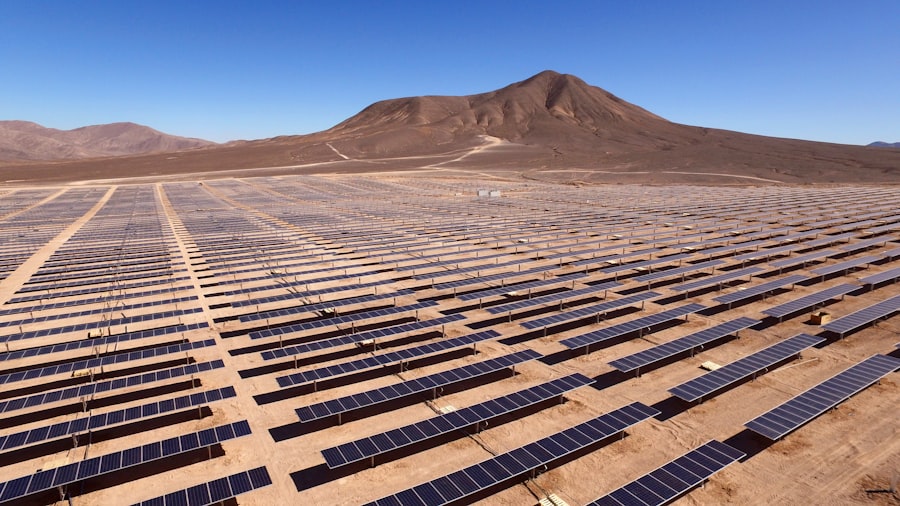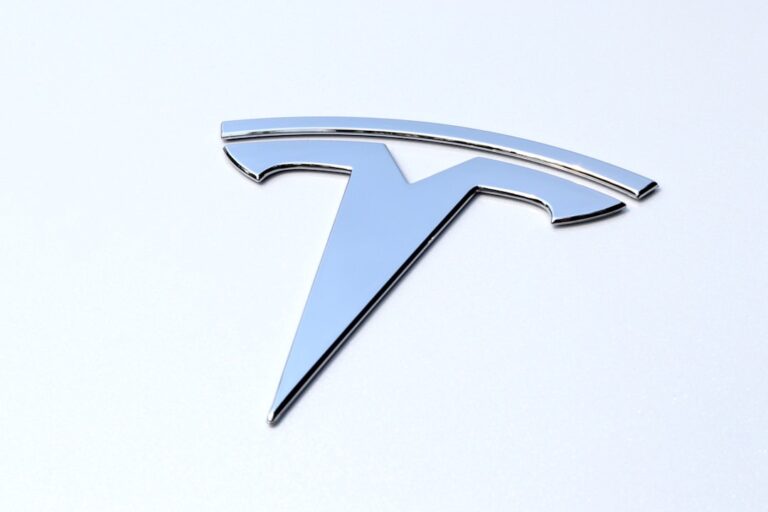
Tesla, Inc., founded in 2003, has become synonymous with electric vehicles (EVs) and sustainable energy solutions. The company was established by Martin Eberhard and Marc Tarpenning, but it was Elon Musk’s entry as an early investor and later CEO that truly propelled Tesla into the limelight. Musk’s vision was not just to create electric cars but to revolutionize the automotive industry and promote sustainable energy on a global scale.
The launch of the Tesla Roadster in 2008 marked a significant milestone, showcasing the potential of electric vehicles with its impressive range and performance. This was a bold statement that electric cars could be both desirable and practical. As Tesla continued to innovate, it introduced the Model S in 2012, which received widespread acclaim for its design, safety features, and performance.
Following this success, Tesla expanded its lineup with the Model X, a luxury SUV, and the more affordable Model 3, which aimed to make electric vehicles accessible to a broader audience. By 2020, Tesla had become the most valuable car manufacturer in the world, a testament to its rapid growth and the increasing demand for electric vehicles.
Key Takeaways
- Tesla was founded in 2003 by a group of engineers with a mission to accelerate the world’s transition to sustainable energy.
- Tesla’s stock price has experienced extreme fluctuations, with dramatic highs and lows, making it a rollercoaster ride for investors.
- Factors contributing to Tesla’s stock volatility include production delays, competition, regulatory issues, and Elon Musk’s controversial behavior.
- Elon Musk’s tweets and public statements have had a significant impact on Tesla’s stock performance, leading to both spikes and drops in the stock price.
- Market sentiment, including public perception, media coverage, and industry trends, plays a crucial role in influencing Tesla’s stock price.
The Rollercoaster Ride of Tesla’s Stock Price
The Early Years: Modest Growth
However, as the company began to ramp up production and deliver more vehicles, investor interest surged. By 2013, the stock had skyrocketed to over $200 per share, reflecting the market’s optimism about Tesla’s future.
Challenges and Volatility
This meteoric rise was not without its challenges; the stock price fluctuated significantly due to production delays, regulatory scrutiny, and broader market trends.
Explosive Growth and Global Sustainability
In 2020, Tesla’s stock entered a new phase of explosive growth, driven by a combination of strong sales figures, positive earnings reports, and increased interest in electric vehicles amid a global push for sustainability. By the end of 2020, Tesla’s stock had soared to over $700 per share, making it one of the most valuable companies in the world. However, this rapid ascent was accompanied by volatility; the stock price often reacted sharply to news events, both positive and negative.
Factors Contributing to Tesla’s Stock Volatility

Several factors contribute to the volatility of Tesla’s stock price, making it a unique case in the financial markets. One significant factor is the company’s ambitious growth targets. Tesla aims to produce millions of vehicles annually and expand its product offerings beyond cars to include energy storage solutions and solar products.
While these goals are exciting, they also create uncertainty regarding execution timelines and profitability. Investors often react strongly to any news related to production delays or changes in guidance. Another contributing factor is the competitive landscape of the automotive industry.
As traditional automakers ramp up their electric vehicle offerings, Tesla faces increasing competition from established brands like Ford and General Motors, as well as new entrants like Rivian and Lucid Motors. This competition can lead to fluctuations in investor sentiment as market participants assess Tesla’s ability to maintain its market share and innovate in an increasingly crowded space. Additionally, macroeconomic factors such as interest rates, inflation, and supply chain disruptions can further exacerbate stock volatility.
Elon Musk’s Influence on Tesla’s Stock Performance
| Year | Event | Stock Performance |
|---|---|---|
| 2004 | Elon Musk becomes chairman of Tesla | Initial public offering (IPO) at 17 per share |
| 2008 | Tesla Roadster production begins | Stock price reaches 30 per share |
| 2010 | Tesla goes public | Stock price at 19 per share |
| 2012 | Tesla Model S released | Stock price reaches 35 per share |
| 2018 | Elon Musk tweets about taking Tesla private | Stock price fluctuates, SEC investigation |
| 2020 | Tesla’s market cap surpasses 100 billion | Stock price reaches 650 per share |
Elon Musk’s influence on Tesla’s stock performance cannot be overstated. As the face of the company, Musk’s actions and statements often have an immediate impact on investor sentiment. His social media presence, particularly on Twitter (now X), has become a double-edged sword for Tesla investors.
While Musk’s tweets can generate excitement and drive stock prices higher—such as when he announces new product developments or partnerships—they can also lead to sharp declines if he makes controversial statements or engages in erratic behavior. Musk’s leadership style is characterized by bold vision and risk-taking, which has endeared him to many investors but also raised concerns about corporate governance. His tendency to make ambitious promises about future products and timelines can create unrealistic expectations among investors.
When these expectations are not met, it can lead to significant sell-offs in Tesla’s stock. Thus, while Musk’s charisma and vision have played a crucial role in Tesla’s rise, they also contribute to the stock’s volatility.
The Impact of Market Sentiment on Tesla’s Stock
Market sentiment plays a pivotal role in shaping Tesla’s stock performance. Investor perceptions can be influenced by various factors, including news coverage, social media trends, and broader economic conditions.
Conversely, negative news—such as recalls or regulatory challenges—can lead to swift declines in stock value. The phenomenon of “FOMO” (fear of missing out) is particularly pronounced with Tesla shares. Many investors are drawn to the stock due to its past performance and the allure of being part of a transformative company.
This can create a feedback loop where rising prices attract more buyers, further driving up the stock price. However, this dynamic can also lead to overvaluation; when sentiment shifts or external factors change, it can result in rapid corrections as investors reassess their positions.
Analysts’ Predictions and Forecasts for Tesla’s Stock

Analysts’ predictions for Tesla’s stock are varied and often reflect differing views on the company’s future prospects. Some analysts remain bullish on Tesla’s growth potential, citing its strong brand recognition, innovative technology, and expanding global market presence. They argue that as more consumers transition to electric vehicles, Tesla is well-positioned to capture significant market share.
These analysts often provide optimistic price targets that suggest substantial upside potential for investors. Conversely, other analysts express caution regarding Tesla’s valuation relative to its earnings potential. They point out that while Tesla has achieved impressive sales growth, it still faces challenges related to competition and production scalability.
These analysts may issue more conservative price targets or even recommend selling shares if they believe the stock is overvalued based on traditional valuation metrics like price-to-earnings ratios. As such, investors must carefully consider these differing perspectives when making decisions about their investments in Tesla.
How Investors Can Navigate Tesla’s Volatile Stock Market
Navigating Tesla’s volatile stock market requires a strategic approach that balances risk and opportunity. One key strategy is to stay informed about both company-specific developments and broader market trends that could impact Tesla’s performance. Investors should regularly review news articles, earnings reports, and analyst commentary to gain insights into how various factors may influence the stock price.
Another important consideration is diversification. Given Tesla’s volatility, investors may want to avoid concentrating too much of their portfolio in a single stock. By diversifying across different sectors and asset classes, investors can mitigate risk while still participating in potential growth opportunities within the electric vehicle market.
Additionally, employing risk management techniques—such as setting stop-loss orders or using options strategies—can help protect against significant losses during periods of heightened volatility.
The Future of Tesla’s Stock: What to Expect
Looking ahead, the future of Tesla’s stock remains uncertain but filled with potential opportunities and challenges. As the global shift toward electric vehicles accelerates, Tesla is likely to benefit from increased demand for its products. The company’s ongoing investments in battery technology and production capacity could further enhance its competitive position in the market.
However, challenges remain on the horizon. Increased competition from both established automakers and new entrants could pressure margins and market share. Additionally, macroeconomic factors such as inflation or changes in government policy regarding EV incentives could impact consumer demand for electric vehicles.
In conclusion, while Tesla has established itself as a leader in the electric vehicle space with a compelling growth story, investors must remain vigilant about the inherent risks associated with its volatile stock performance. By staying informed and employing sound investment strategies, they can navigate this dynamic landscape effectively. — Further Reading:
1.
[Tesla Investor Relations](https://ir.tesla.com)
2. [Bloomberg – Electric Vehicle Market Analysis](https://www.bloomberg.com)
3. [Reuters – Tesla Stock News](https://www.reuters.com)
4.
[CNBC – Market Sentiment Analysis](https://www.cnbc.com)
5. [Forbes – Analyst Predictions](https://www.forbes.com) And here’s a kid-friendly joke for you: Why did the car bring a suitcase? Because it wanted to travel in style!
Tesla stock has been a hot topic lately, with analysts closely monitoring its performance amidst market volatility. According to a recent article by Morgan Stanley, the investment firm is bullish on Tesla’s transition into AI and robotics, seeing it as a key driver of future growth. This positive outlook is in line with TD Cowen’s assessment that Tesla, along with GM, are two defense auto plays in the current market landscape. For more insights on Tesla’s stock analysis and market trends, check out this article.
Check out the very latest Tesla products here:
FAQs
What is TSLA stock?
TSLA is the stock ticker symbol for Tesla, Inc., an American electric vehicle and clean energy company.
How can I buy TSLA stock?
You can buy TSLA stock through a brokerage account. Simply open an account with a brokerage firm, deposit funds, and place an order to buy TSLA stock.
What factors can affect the price of TSLA stock?
The price of TSLA stock can be affected by various factors including company earnings, market trends, industry news, and macroeconomic conditions.
Is TSLA stock a good investment?
The decision to invest in TSLA stock should be based on individual financial goals, risk tolerance, and investment strategy. It is recommended to conduct thorough research and consult with a financial advisor before making any investment decisions.
What is the historical performance of TSLA stock?
TSLA stock has experienced significant growth and volatility since its initial public offering (IPO) in 2010. The stock has seen periods of rapid appreciation as well as periods of decline.
What are some risks associated with investing in TSLA stock?
Some risks associated with investing in TSLA stock include market volatility, regulatory changes, competition, and the company’s ability to execute its business strategy. It is important for investors to carefully consider these risks before investing in TSLA stock.
